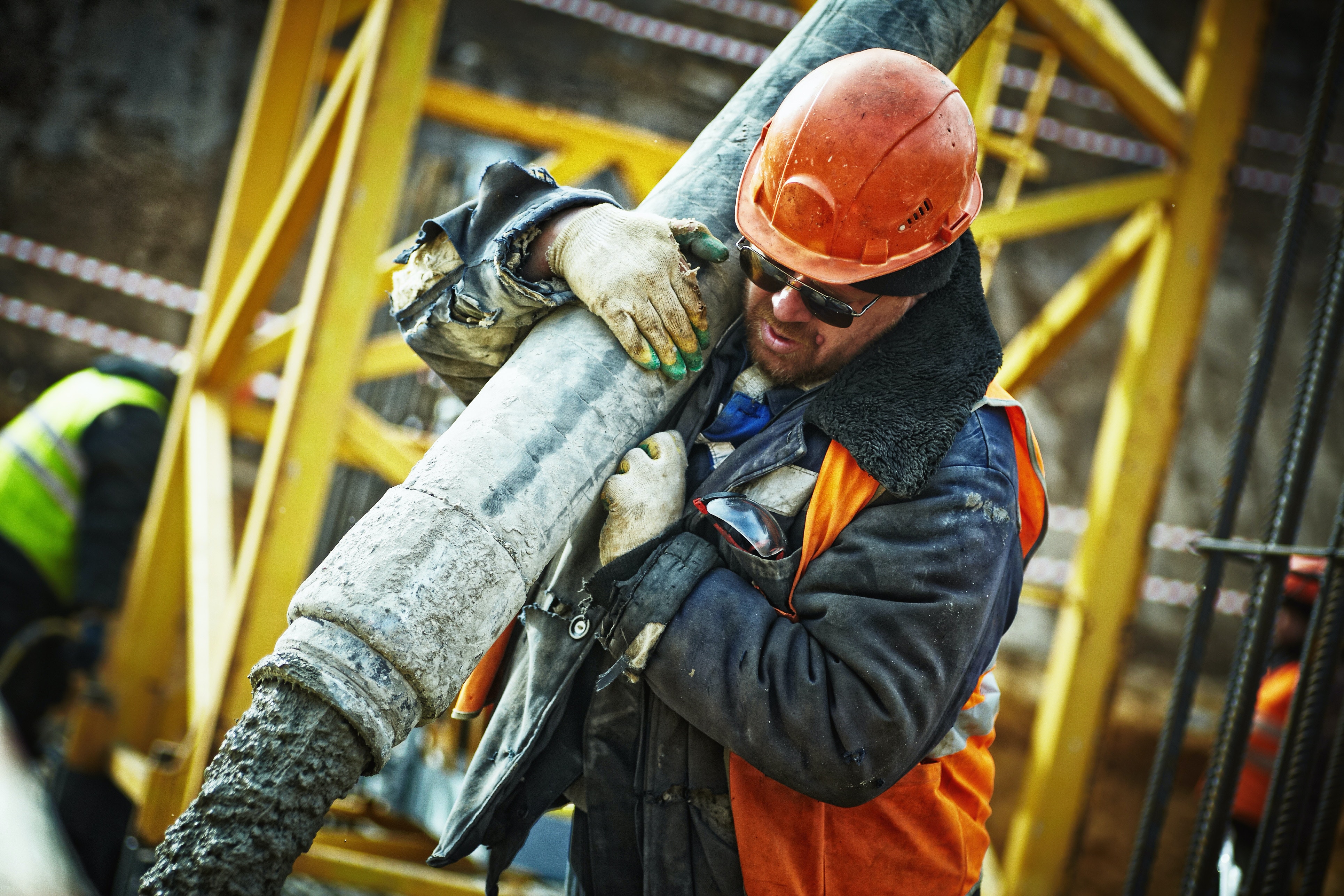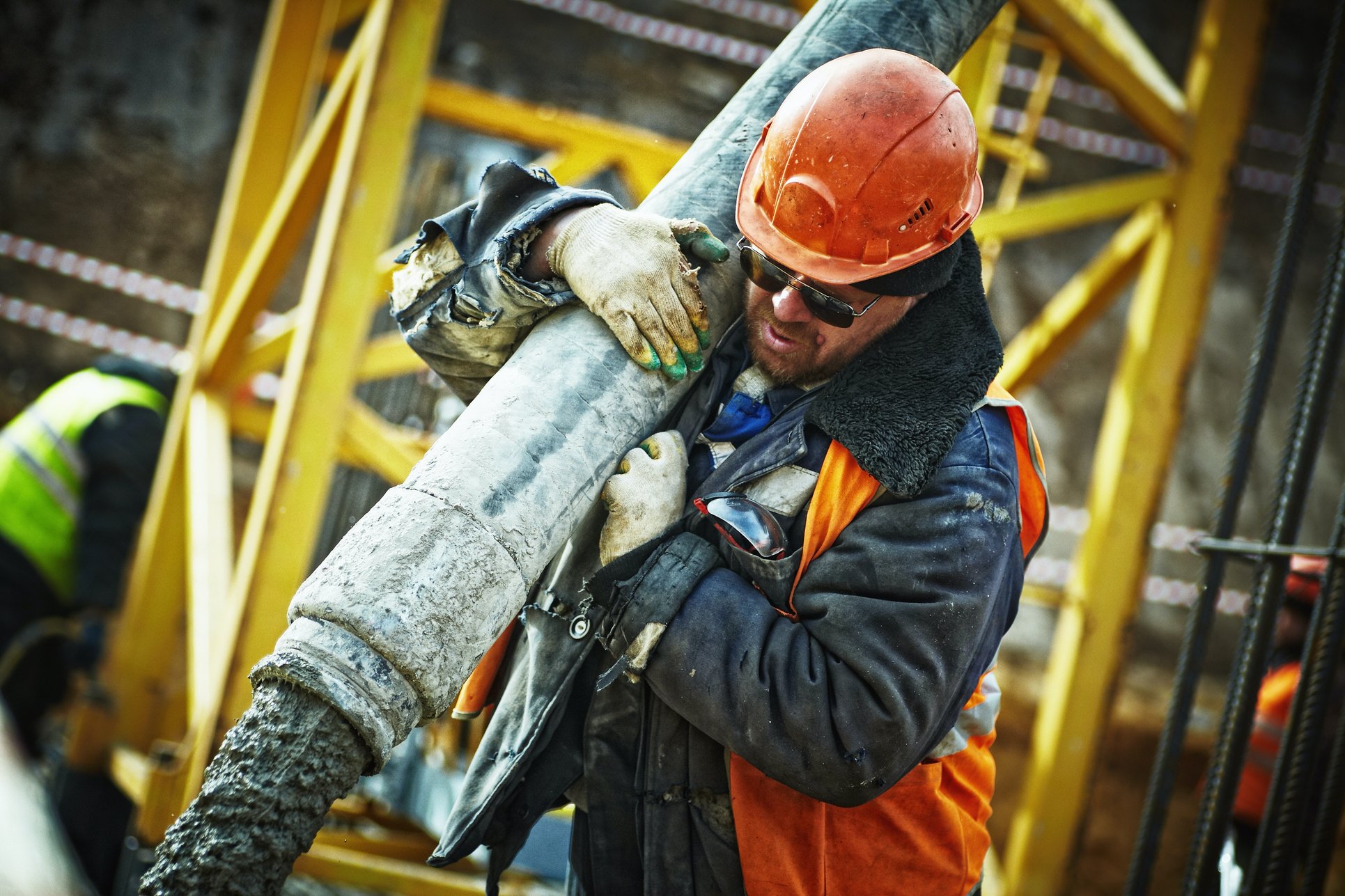Connecting...
Undoubtedly, Australia’s current economic conditions, like rising inflation, labour and supply shortages, and extreme weather conditions are presenting challenges for the construction sector.
Although the industry has always been described as tumultuous, the sector’s performance has certainly been strained due to the global Covid-19 pandemic. Employing around 10% of the working population and contributing to 7.2% of GDP, Australia is heavily reliant on this industry to rebuild and stabilise the country.
Despite this, we have an opportunity to transform the industry. The future looks bright and has potential for growth. In this article, we shed some light on the current issues and how we can navigate through these challenging times.

What economic factors are affecting construction?
With other countries also attempting to reinvigorate their economy by boosting construction projects, this places greater strain on the global supply chain. There’s been a sharp increase in the cost of raw materials, such as steel and concrete, which places pressure on margins and profits.
Supply chain shortages include the slowdown of steel manufacturing in China, as well as timber. Additionally, tariffs of 35 per cent are being imposed on Russian and Belarusian Engineered Wood Products (comprising approximately 40 per cent of Australia’s EWP imports).
The ripple effect has triggered many industries, meaning the supply of goods has decreased and demand is at an all-time high. The conflict in Ukraine has significantly increased costs to construction operation costs, with record fuel prices and increased material costs. These rising fuel prices - in particular, diesel - means that it costs considerably more to operate cranes, trucks, and other heavy equipment.
The good news? The rising pricing of these products and materials is likely to stabilise over the next year. As a matter of fact, timber shortages are finally starting to ease as international supply chains open up.
Acting Chief Executive of the Master Builders Association, Shaun Schmitke, explained: “Looking ahead, there are good signs that global commodity prices have passed their peak and are on the way down again,”.
And with improvements in shipping costs and times, Schmitke said we should also see a considerable easing in building material cost pressures over the year ahead.
How to build a resilient future
With cases of Covid and restrictions decreasing, we should expect to see the shortages of raw materials and resources fall over time.
However, in order to build a resilient future, we believe Australian manufacturers and wholesalers need to proactively address their vulnerabilities. They can look for ways to maximise their opportunities through:
improved trade relations
grants, and
capital investments or specialised loans
The government can also take an active role by performing capacity assessments. Combined with a greater understanding of future resource requirements, this allows for targeted investment and policy shifts to alleviate specific supply bottlenecks.
Finally, implementing a holistic approach to tackle the industry’s challenges will enable a stronger framework for industry sustainability and productivity.
Making new infrastructure assets more sustainable
In addition, if we focus on making new infrastructure assets more sustainable, our existing infrastructure assets will be more resilient. With the rise of green technology and the industry moving towards a greener future, experts are continually looking for new ways to reduce the environmental impact of construction projects.
The adoption of net zero building - which includes using renewable energy sources, IoT integration, and recycled materials - means existing and future infrastructure can be protected from environmental hazards.
Furthermore, investments in improving the sustainability of construction materials such as steel, concrete, timber, and plastics mean we’re now utilising materials that minimise the waste of raw resources and are designed to last longer.
This benefits construction companies in two ways. They can achieve their sustainability goals, as well as reduce their long-term costs.
In summary
Despite some economic uncertainties, we believe there are a range of strategies that can help improve supply chain issues to produce improved industry outcomes. Proactively addressing our vulnerabilities, and making a stronger investment in sustainable building, will help mitigate any risks the industry is facing.
With the right technologies in place, the construction industry can thrive and overcome any challenges it may face in the coming years.
About CGC Recruitment
CGC Recruitment is a specialist construction, infrastructure, engineering, and architecture recruitment consultancy. We view our clients as our partners and work closely with them to meet their business needs. We work with some of Australia’s largest construction brands through to specialist SMEs and boutique consultants. We have proven experience delivering permanent, contract and retained recruitment solutions, consistently providing the right candidates for the right roles at the right time.
If you have an active role you’d like to discuss or just want to talk to a specialist consultant, please contact us. Alternatively, you can complete our online client form and a member of our team will contact you.
Sources
https://www.constructors.com.au/wp-content/uploads/2020/10/ACA-Constructing-the-Future-09102020.pdf
https://www.cpaaustralia.com.au/tools-and-resources/podcasts/is-construction-sector-brink-collapse
https://www.planradar.com/au/resilient-future-infrastructure-emerging-trends-2023/
https://www.planradar.com/au/sustainable-construction-net-zero-building/










